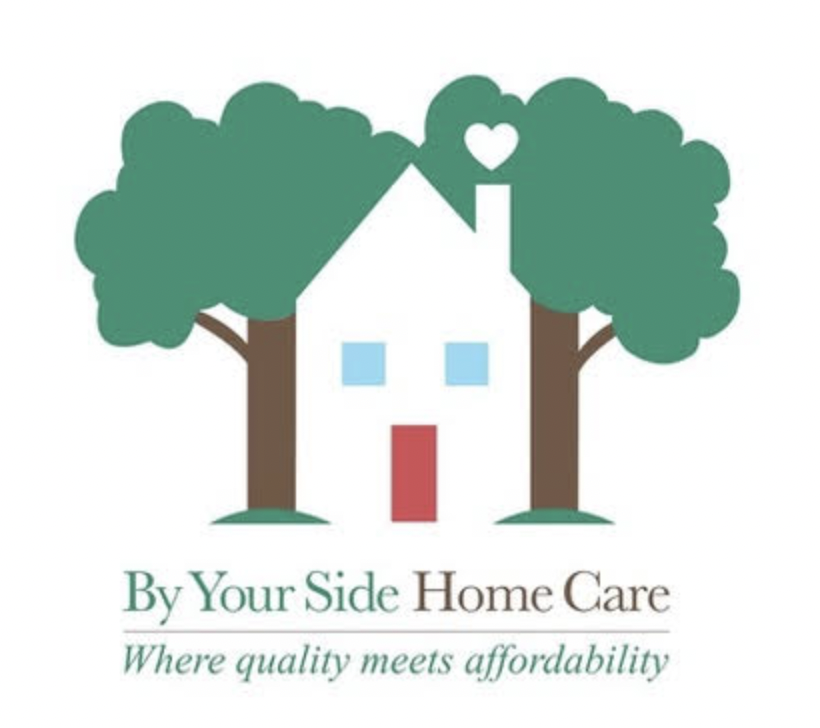Strokes: The Importance of Time
National Stroke Awareness Month was established in May 1989 to raise public awareness of the causes and signs of strokes. Strokes can happen to anyone but are more prevalent in the elderly. The risk of a stroke more than doubles every 10 years after the age of 55. This article will help you learn about what strokes are, what causes them, how urgent it is to get medical help, and some ideas for prevention.
Here are some stroke statistics from the Centers for Disease Control and Prevention (CDC):
In 2018, one in every six deaths from cardiovascular disease was due to a stroke.
In the United States, someone has a stroke every 40 seconds.
More than 795,000 people in the United States have a stroke every year.
Strokes-related costs in the United States came to nearly $46 billion between 2014 and 2015.
Stroke is a leading cause of serious long-term disability. More than half of stroke survivors age 65 and older experience reduced mobility.
What is a stroke?
Strokes are a sudden interruption of the blood supply to the brain. The brain very quickly (about three minutes) begins to lose function with the loss of its blood supply. Some of the brain cells may never get back their function if the blood supply is not quickly restored which could affect the ability to speak, think, or walk. The chance of survival is greater when seeking medical help immediately.
There are different types of strokes. Ischemic strokes are caused by an unexpected blockage of the arteries leading to the brain. Hemorrhagic strokes are caused by a blood vessel bursting and bleeding into the brain tissue. Transient ischemic attacks (TIA) are called mini-strokes caused by a serious temporary clot. This should be taken as a serious warning sign for the increased possibility of a stroke.
What are the signs of a stroke?
Being able to quickly recognize the signs and seeking medical attention right away may lessen the devastating long-term effects of a stroke and can even prevent death. Getting medical help for a stroke immediately is so important that the acronym FAST was created to help educate the public to recognize the signs of a stroke and emphasis the urgency in seeking medical care:
Face Drooping: Is their smile uneven or lopsided?
Arm Weakness: When they raise their arms does one drift downward?
Speech: Is their speech slurred, hard to understand, or unable to speak?
Time to Call 911: If they show any of these symptoms call 911 immediately, even if the symptoms disappear.
There are also additional symptoms that come on suddenly to be aware of:
Numbness or weakness especially on one side of the body.
Confusion, trouble speaking, or understanding speech.
Trouble seeing in one or both eyes.
Trouble walking, dizziness, loss of balance or coordination.
Severe headache with no known cause.
Nausea or vomiting.
What are the risk factors for a stroke?
Strokes are dangerous but the American Stroke Association says there are some risk factors you can control and treat.
High blood pressure is a leading cause of stroke and the most controllable.
Smoking damages the cardiovascular system which can lead to a stroke.
Diabetes can lead to high blood pressure, high blood cholesterol, and obesity.
Diets high in saturated fat, trans fat, cholesterol, and sodium can raise blood cholesterol levels and blood pressure.
Physical inactivity can lead to obesity, high blood pressure which can increase the risk of strokes.
Obesity is linked to high blood pressure, diabetes, heart disease, and stroke.
High blood cholesterol can build up and cause blood clots leading to a stroke.
Some risk factors that can’t be controlled but knowing what they are may help give the motivation to work harder on the ones that can be changed.
Age – The chance of a stroke increases with age for both males and females.
Family history – If a parent, grandparent, or sibling has had a stroke, especially before reaching 65, you could have a greater risk of a stroke.
Race – African-Americans have a higher risk of death from a stroke.
Gender – Women have more strokes than men and stroke kills more women than men.
Prior stroke or heart attack – People who have had a prior stroke have a much higher risk of another stroke.
What can be done to help prevent a stroke?
If you have any of the risk factors that may make you susceptible to a stroke, there are changes you can make to lower the risk of a stroke.
Control blood pressure
Stop smoking
Control cholesterol
Control diabetes
Eat healthy foods
Limit alcohol intake
Exercise regularly
What is stroke rehabilitation?
After a stroke, rehabilitation is an important part of recovery. Its goal is to help relearn the skills that may have been lost from the damage to the brain. Stroke rehabilitation can help improve the quality of life and achieve independence. The sooner stroke rehabilitation begins the better chance there is in regaining lost abilities and skills.
According to the Mayo Clinic, there are multiple methods used in stroke rehabilitation. A rehabilitation plan will be created to focus on regaining the lost ability or the part of the body affected by the stroke. The rehabilitation plan might include:
Motor-skill exercises
Mobility training
Range-of-motion therapy
Electrical stimulation
Virtual reality
Occupational and speech therapy
Psychological evaluation and treatment
Medication
Alternative medicine
The severity of the stroke and any complications will determine the duration of the stroke rehabilitation. Some stroke survivors will recover quickly but others will need an extended time of rehabilitation.
Contact By Your Side if you would like to discuss how we can help in caring for your loved one so that they may safely stay in their own home.

